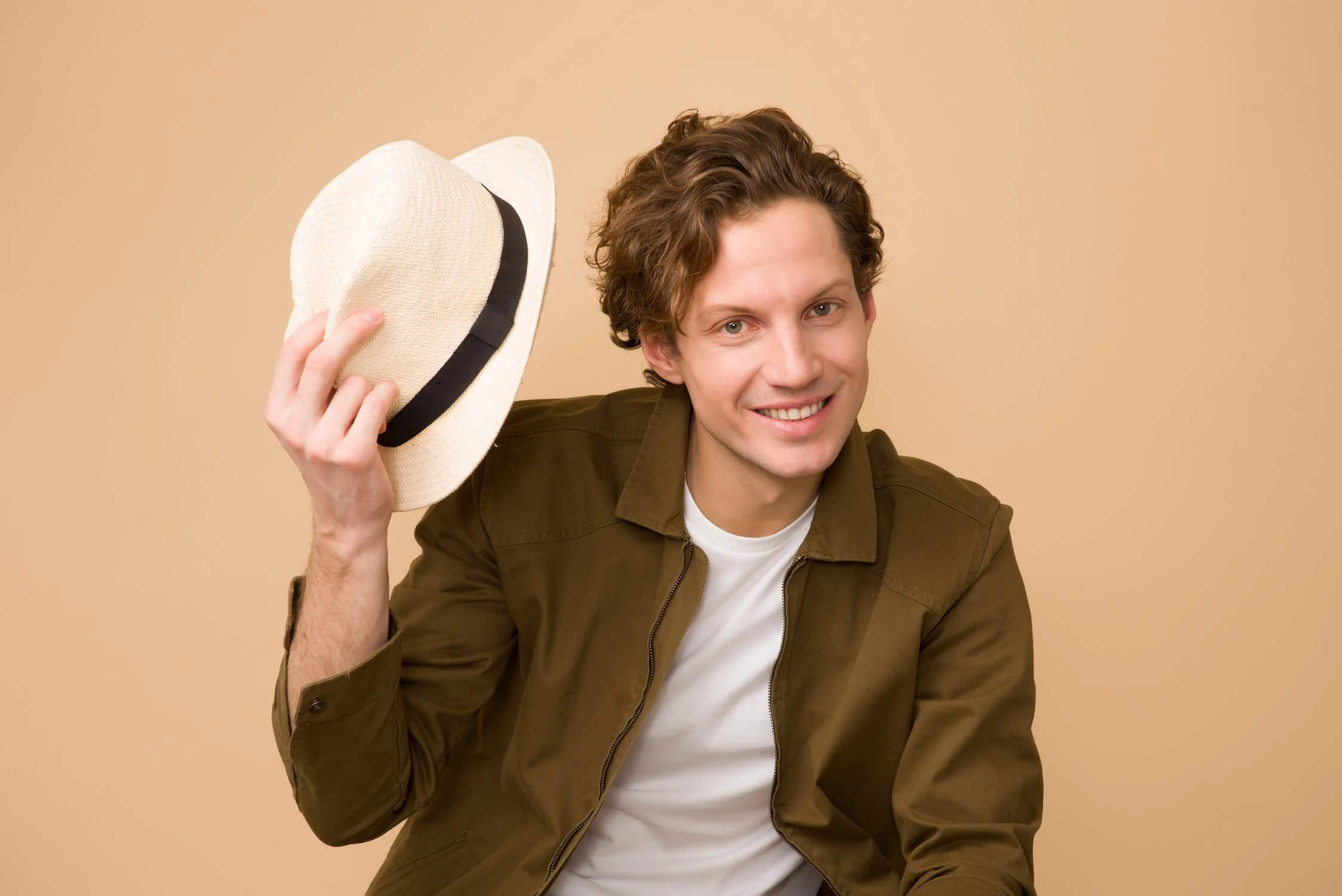Evolution of Men’s Fashion: From Classic Tailoring to Streetwear
Men’s fashion has undergone a significant evolution in the last century. From the classic tailoring of the 1920s to the modern streetwear of today, men’s fashion has come a long way. In this blog post, we will take a look at the major trends that have shaped men’s fashion over the years and how they have influenced the current state of the industry.

1920s: Classic Tailoring
- The 1920s was a time of great change and prosperity in the fashion world. Men’s fashion during this decade was all about classic tailoring, with suits and formal wear being the norm.
- The suits of the 1920s were characterized by their clean lines, minimalism, and use of fine fabrics. They were often made of wool or tweed and featured three-piece designs, with a jacket, waistcoat, and trousers.
- The popularity of classic tailoring in the 1920s was partly influenced by the rise of Hollywood and the increasing influence of movie stars on men’s fashion. Men were eager to emulate the style of their favorite actors, who were often seen wearing sharp, well-tailored suits on the big screen.
1940s: Military-Inspired Fashion
- The 1940s was a decade marked by World War II, and men’s fashion during this period was heavily influenced by military style.
- The suits of the 1940s were characterized by their broad shoulders, tapered waist, and shorter jackets. They were often made of heavy wool or tweed and featured a double-breasted design.
- Military-inspired fashion was not limited to suits, as other clothing items such as trench coats, field jackets, and khaki pants were also popular among men.
- The influence of military style in men’s fashion was driven by the fact that many men were serving in the military during the war and wanted to emulate the style of their fellow soldiers.
1960s: Mod Style
- The 1960s saw the emergence of a new fashion trend known as mod style. This trend was characterized by its use of bright colors, bold patterns, and slim-fit clothing.
- Suits during this period were made of lightweight wool, and featured skinny lapels, narrow ties, and slim trousers.
- Mod style was popularized by the youth culture of the 1960s, which was heavily influenced by the rise of rock music and the counterculture movement.
- The mod style was also influenced by the Italian fashion scene, which was known for its use of bright colors and bold patterns.
1970s: Disco Style
- The 1970s was a decade marked by the rise of disco music and the associated disco culture. Men’s fashion during this period was heavily influenced by this trend.
- Disco style was characterized by its use of bright colors, bold patterns, and tight-fitting clothing. Suits during this period were often made of synthetic fabrics such as polyester, and featured wide lapels and flared trousers.
- Disco style was popularized by the club culture of the 1970s, which was heavily influenced by the rise of disco music and the associated disco culture.
1980s: Power Dressing
- The 1980s was a decade marked by the rise of the power-dressing trend. This trend was characterized by its use of sharp, tailored clothing that was designed to make the wearer look confident and in control.
- Suits during this period were often made of expensive fabrics such as wool or silk and featured wide shoulders, padded chests, and double-breasted designs.
- Power dressing was popularized by the corporate culture of the 1980s, which was heavily influenced by the rise of the business world and the desire for men to convey an image of success and authority in the workplace.
1990s: Streetwear
- The 1990s saw the emergence of streetwear as a major trend in men’s fashion. Streetwear is characterized by its use of casual, comfortable clothing such as t-shirts, hoodies, and jeans.
- This trend was heavily influenced by the rise of hip-hop music and the associated urban culture. Streetwear brands like Tommy Hilfiger, Nautica, and Ralph Lauren were popular during this time.
- Streetwear also incorporated elements of sportswear and workwear, resulting in the popularity of items such as cargo pants, bomber jackets, and tracksuits.
2000s: Athleisure
- The 2000s saw the emergence of athleisure as a major trend in men’s fashion. Athleisure is characterized by its use of athletic-inspired clothing such as yoga pants, sweatpants, and hoodies that can be worn both for working out and as casual wear.
- This trend was heavily influenced by the desire for clothing that is both comfortable and stylish. Athleisure brands such as Lululemon, Nike, and Adidas became popular during this time.
2010s to Today: Streetwear Dominates
- The 2010s and the current day have seen the continued dominance of streetwear in men’s fashion. The trend has evolved to include high-end fashion brands such as Supreme, Off-White, and Balenciaga, which have incorporated streetwear elements into their designs.
- The trend has also been influenced by the rise of social media and the increasing importance of personal style and self-expression. Men are now more willing to experiment with different styles and take risks with their fashion choices.
- Streetwear has also been heavily influenced by the rise of streetwear subcultures such as street art, skateboarding, and graffiti, which have influenced the aesthetics and designs of streetwear clothing.
In conclusion, men’s fashion has undergone a significant evolution over the last century. From the classic tailoring of the 1920s to the modern streetwear of today, men’s fashion has been shaped by a variety of trends and influences. Today, streetwear continues to dominate the industry, with more men embracing a more relaxed, casual style. However, it’s also worth noting that the fashion industry is cyclical and trends from the past are always bound to come back in some form or another. So, stay tuned to see what the future holds for men’s fashion.
Subscribe to Newsletter



